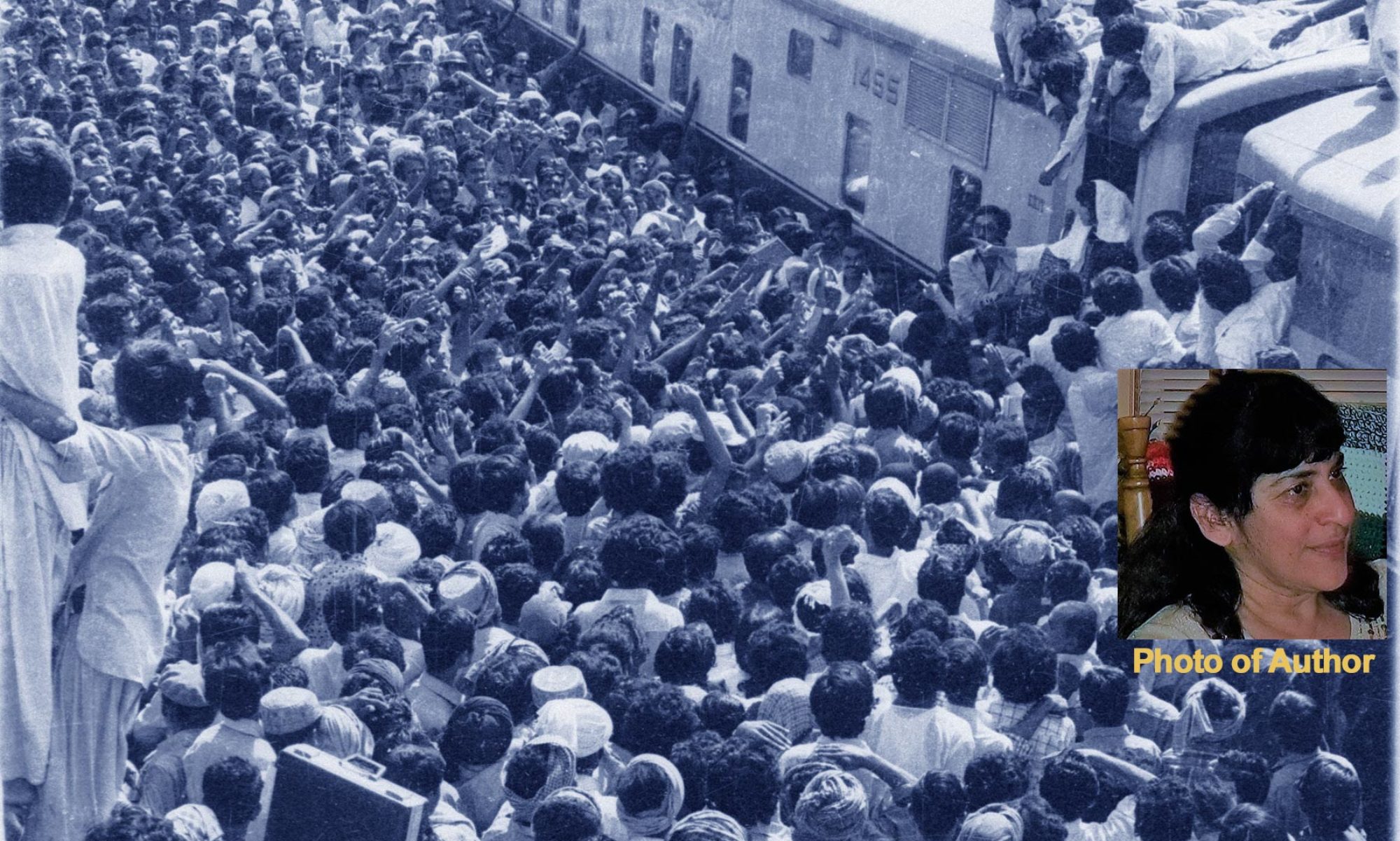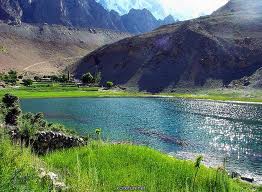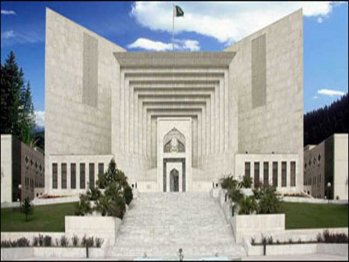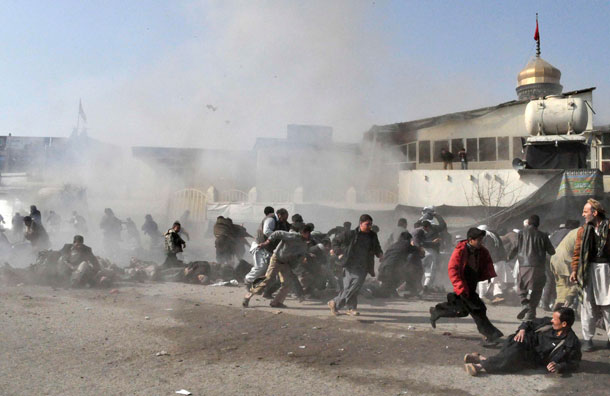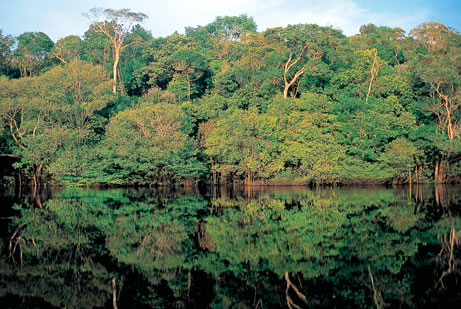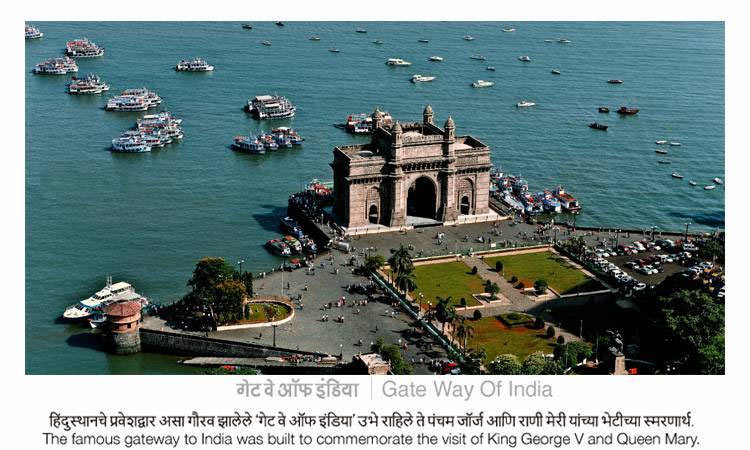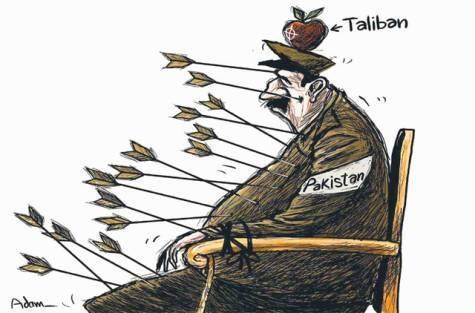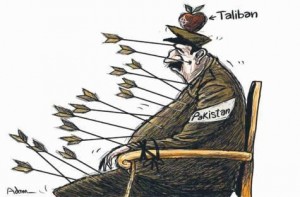The Upper House of the Parliament passed two flagship bills on Monday, in order to protect the sanctity and rights of women living in Pakistan. Both the bills entail significant policies and mandates to protect women from practices such as forced wedlock, honour killing, marriage with the Quran and inflicting pain and torture by throwing acid on them. The bills state that culprits found and indicted of committing any of these crimes will be penalised and subjected to severe punishments.
Over the years, thousands of women in Pakistan have been subjected to the atrocities, which are often unheard of in civilized communities. Women, irrespective of their urban or rural affiliations, have been innocent targets, unable to raise their voice due to the lack of policies safeguarding their interests. Men have stoned, burnt, buried and brutally murdered them for their vested interests and heinous motives, which are an open violation of the human rights policies formulated by the United Nations and other multilateral agencies defending and advocating human rights across the globe.
Passing bills to protect women’s rights in Pakistan is highly commendable and is being appreciated by all the religious, political and social quarters, however, the question remains how noteworthy are these bills? Will they be implemented as easily and efficiently as the cabinet makes it sound? Or will they be discarded just as another tool to obstruct the customs and rituals of our so-called traditional mindset? Do we really think that women in Pakistan will have access to the fair judiciary, which will ensure their protection and rights to live as an individual?
In a country where influential ministers and senators have advocated the shooting and later on dumping women in ditches as a justifiable act, one which requires no punishment and remorse, justice is quite evidently denied to many of the victims. Being a witness to these crimes is merely a sport and an adventure to the privileged few of the rural society. These centuries’ old traditions are not allowed to be questioned and are known to be hushed-up by the feudal lords and the family of the victims as well, as reporting such violence results in severe repercussions for all those involved.
According to a report by the human rights organisation, 300 Pakistani women are torched alive by their husband’s families annually. Unwanted wives are “taken care of” by denying them the right to live, hence the tradition of “burning at the stakes” continues. Every second Pakistani woman is a victim of direct or inadvertent assault which can be categorized as physical and emotional. Our religion gives women the right to demand and get a divorce; however, women are generally ripped off of this privilege when her guardians chalk out the clause specifying the aforementioned right in the “Nikkah-nama.” Uneducated and deprived women living in the rural areas of Pakistan are not the only ones who experience these brutalities. Many educated women in metropolitans such as Karachi, Lahore and Islamabad have also been victims of domestic violence and harassment at work and on the streets.
Drafting a policy or a bill and getting it approved is a feat but devising an appropriate plan to implement the same is an issue which Pakistan has been battling with ever since the time of its establishment. A document remains a document, if the mechanism to carry out what the document specifies is inconsequential. The biggest catastrophe of Pakistan is that the influentially empowered people, responsible for undertaking the responsibility to ensure that the legal and political decrees are being followed, are the ones who are often responsible for blatantly committing a breach. Is it lack of education or awareness that is forcing us to act in vain or is the fear of empowering the rural population and exposing them to education instigating the policy makers to violate the laws?
Low literacy rate is one of the fundamental issues that we are facing as a nation. Most of the women are unable to voice their opinions and issues because they are not provided with the platform to do so. The dilemma is that their sufferings are considered as a part of the many customs and rituals that we have accepted as a nation. We stopped paying attention to news entailing honour killing, acid thrown victims and forced marriages. They just became a part of our social setup but are we going to stay passive for the rest of our lives? It is time for us to rise as a nation and take individual measures to make these bills successful. Women require respect, protection and equal treatment and as a Pakistani we need to positively reinforce this ideology by abiding by the policies clearly mentioned in the bill.
